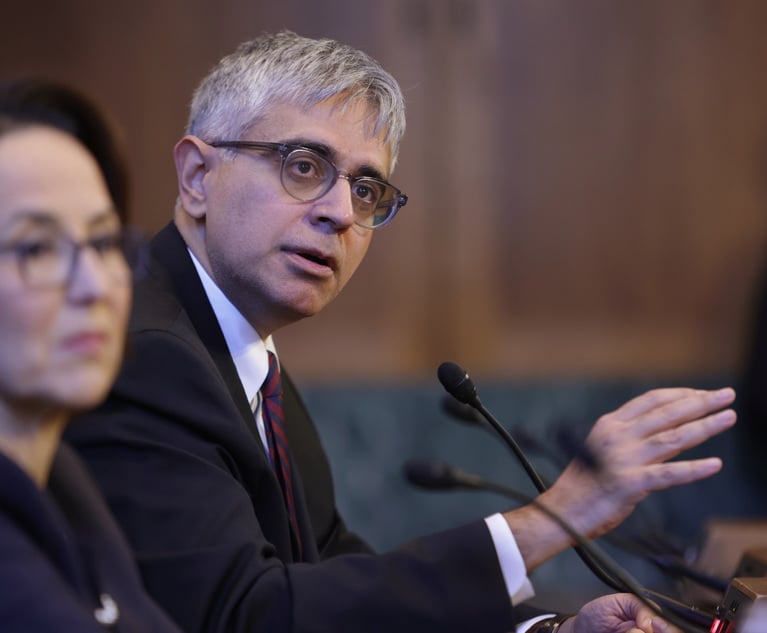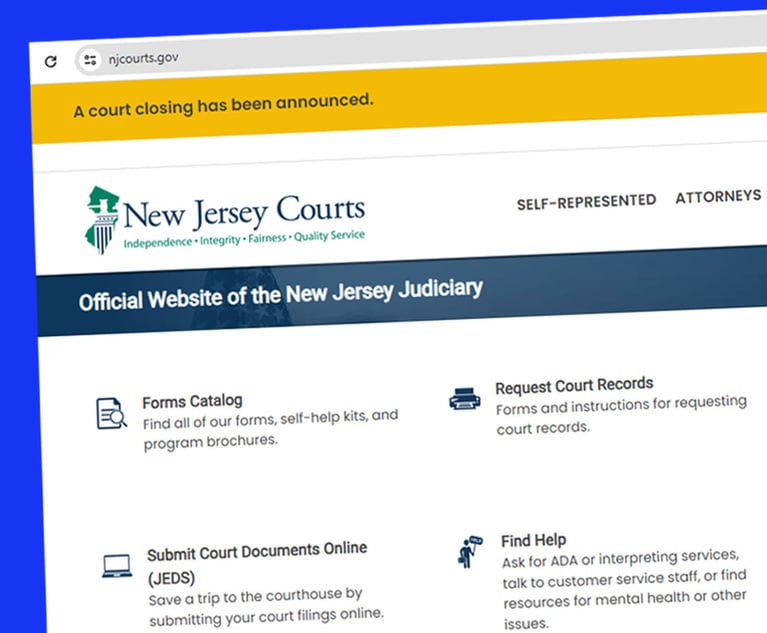Violet Nelson, a grandmother, was the settlor of a trust agreement in 2005. The trust agreement provided that after the settlor’s death, upon the death of her husband, “the then principal and accrued or undistributed net income of the trust shall be distributed in equal shares per capita and not per stirpes to Settlor’s grandchildren who survive Settlor.” The corpus of the trust included an interest in rental property. Grandmother had six grandchildren, but she had been estranged for decades from her daughter, the mother of two of her grandchildren, because her daughter had not married within the Orthodox Jewish faith. The trustee had brought an action for a declaration that the children of the daughter were not included in the definition of “grandchildren.” The trial court held that examining extrinsic evidence of the grandmother’s intent to exclude the two grandchildren, although such evidence existed, would be contrary to the clear and unambiguous language of the trust. The court, granting partial summary judgment to one of the two excluded grandchildren (the other did not participate in the suit but would benefit if his brother prevailed), held that the doctrine of probable intent is not available where the document is unambiguous on its face and therefore all six grandchildren were trust beneficiaries.
The Appellate Division recently reversed in In re Trust of Nelson, 454 N.J.Super. 151, and held that a trial court may “look beyond the apparently plain language of a trust” to determine what the settlor intended. The extrinsic evidence included the drafting attorney’s certification that Mrs. Nelson did not consider the other two grandchildren as her grandchildren nor “acknowledge their existence.” Counsel had explained to Mrs. Nelson before she signed the document, despite the plain language of “grandchildren,” that only four would benefit, and she agreed. Prior estate planning documents had only referenced four grandchildren.


 shutterstock
shutterstock




